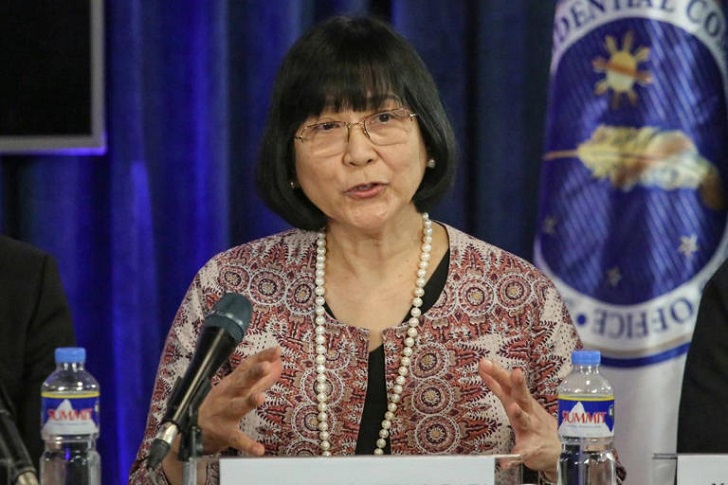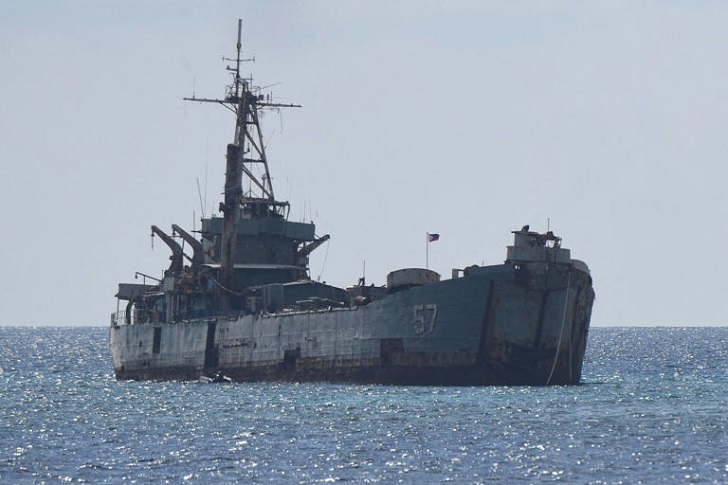The tension between China and the Philippines in the South China Sea deal continues to escalate. Recently, the Philippines' foreign ministry accused China of mischaracterizing an arrangement regarding the resupply of Filipino troops stationed on a beached naval vessel. This accusation highlights the ongoing disputes and the complexities of international agreements in the contested region.
China and Philippines South China Sea Deal
The controversy centers around the Second Thomas Shoal, a disputed area where both nations have experienced repeated clashes. Earlier this month, a "provisional arrangement" was reached between China and the Philippines, allowing for unimpeded resupply missions to Filipino soldiers stationed at the Sierra Madre. Manila deliberately grounded this naval vessel in 1999 to bolster its maritime claims.
Philippine foreign ministry spokesperson Teresita Daza reported that a recent resupply mission was completed without incident, noting that Chinese coast guard vessels maintained a "reasonable distance." However, China's narrative differed significantly. According to a Chinese foreign ministry spokesperson, the coast guard was notified ahead of the mission and allowed the vessel through after an "on-the-scene confirmation." This discrepancy has led to accusations of misrepresentation.

The Manila Times | MSN | Teresita Daza reported that a recent resupply mission was completed without incident, noting that Chinese coast guard vessels maintained a "reasonable distance."
Managing Differences or Misrepresenting Agreements?
Daza expressed disappointment in China's portrayal of the event, emphasizing that the resupply mission was a cooperative effort to avoid miscalculation and misunderstanding. She stated, "Instead of acknowledging how two countries were able to manage differences, the spokesperson chose to misrepresent what has been agreed between the Philippines and China." This statement underscores the fragile nature of agreements in the volatile South China Sea region.
The details of the provisional arrangement have not been disclosed publicly. Both nations, however, have indicated that the deal aims to ease tensions in the strategic waterway. Despite the agreement, the Philippines' South China Sea task force clarified that Manila did not seek Chinese permission for the resupply mission, countering China's claims of prior notification and consent.
Historical Claims and Ongoing Disputes
China's claim to sovereignty over the Second Thomas Shoal is based on historical maps and encompasses almost the entire South China Sea. In 2016, an arbitral tribunal invalidated this vast claim, ruling that it had no basis under international law. Nonetheless, China continues to assert its dominance in the region, often leading to confrontations with other claimant nations.

Sam Beltran | MSN | China's claim to sovereignty over the Second Thomas Shoal is based on historical maps and encompasses almost the entire South China Sea.
The Second Thomas Shoal is located within the Philippines' exclusive economic zone, further complicating the situation. Last month, a confrontation between the Chinese Coast Guard and the Philippine Navy resulted in a Filipino sailor losing a finger. This incident exemplifies the physical dangers faced by military personnel in the area and the high stakes involved in these territorial disputes.
The Path Forward
The recent accusations and counterclaims between China and the Philippines illustrate the difficulties in achieving lasting peace and cooperation in the South China Sea. The international community closely watches these developments, as the stability of this vital maritime region has far-reaching implications.
In the face of these challenges, both nations must navigate their differences carefully. The provisional arrangement, while a step towards reducing immediate tensions, is only a temporary solution. Long-term stability will require transparent communication, mutual respect, and adherence to international law.
The ongoing dispute between China and the Philippines over the South China Sea remains a critical issue with the potential to impact regional security and global trade.



